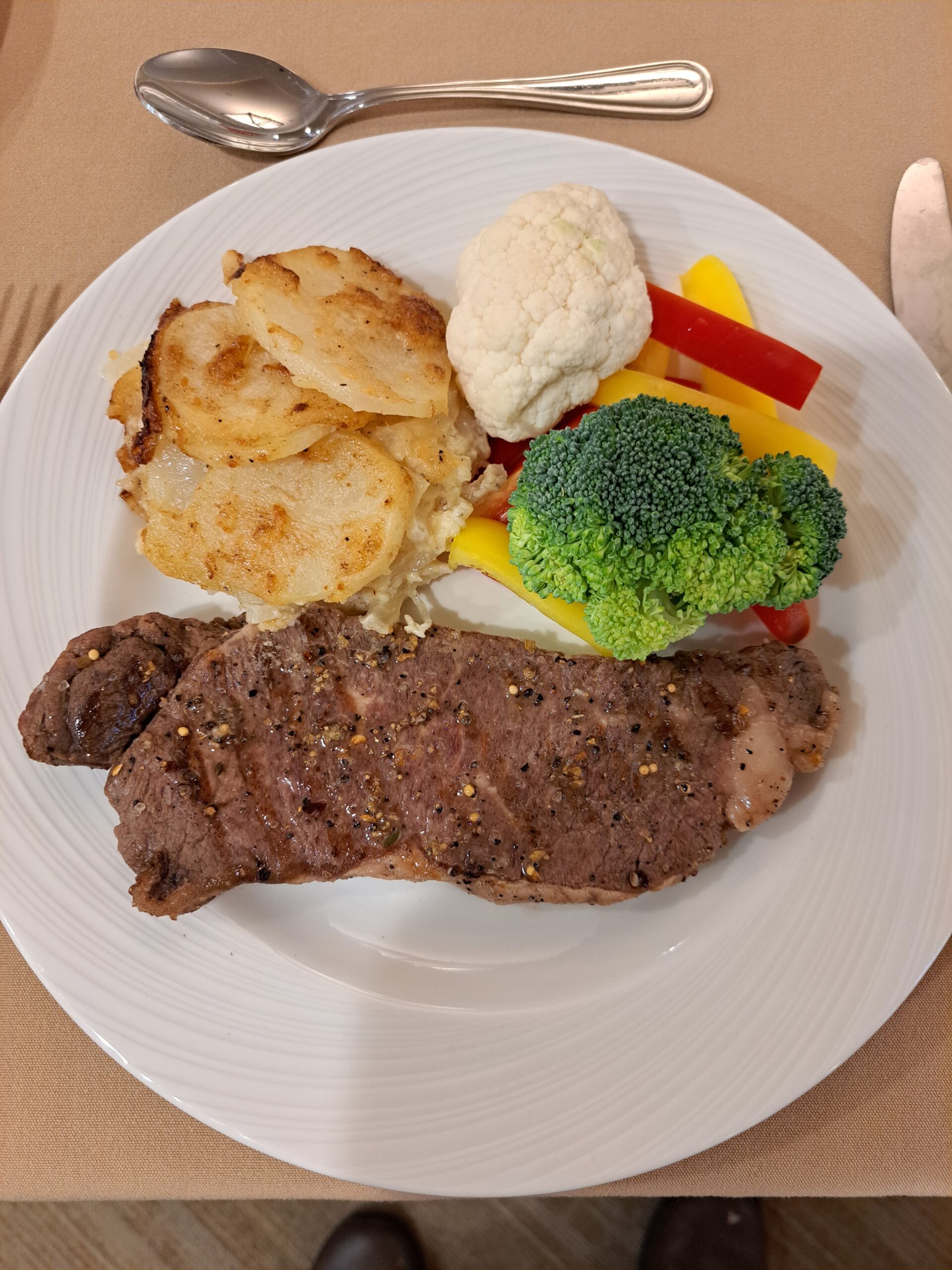Living Loving Local at Verve this Month: Beans & Lentils
Around the world, for thousands of years, dried pulses (beans, lentils and peas) have been enjoyed as an economical meat alternative that is delicious as well as nutritious.
From black beans to split peas, kidney beans to chickpeas, these protein packed, fiber dense, nutrient powerhouses are wonderful in chili, soups, dips and salads and can help with heart health, digestion, and blood sugar control.
Pulse? Legume? What’s the difference?
The term “legume” refers to all plants whose fruit is enclosed in a pod. Pulses are a sub-category within the legume family.
Categories within the Legume family include:
- Pulses: the term “pulse” refers only to the dried seed. Dried peas, dried beans, lentils and chickpeas are the most common varieties of pulses. Pulses are very high in protein and fiber, and are low in fat.
- Fresh Legumes: include fresh beans and peas.
- High Fat Legumes: soybeans and peanuts.
- Forage: (used for animal feed) alfalfa and clover.
Canadian Statistics
Long sunny days and suitable soil conditions make Canada a natural area to grow legumes. Our cold winters not only protect the plants from disease and insects, but also help with storage after harvest.
- Quebec and Ontario produce coloured and navy bean crops.
- Manitoba produces white and coloured beans, as well as peas and lentils.
- Saskatchewan is one of the world’s largest growers and exporters of lentils, chickpeas and dried peas.
- Alberta produces beans under irrigation as well as peas, lentils and chickpeas.
- Canada is the world’s largest producer and exporter of legumes. We produce approximately 4.5 million tonnes of legumes each year.
- More than 90 % of legumes grown on the Canadian prairies make their way to India, the Middle East, Turkey, North Africa, China, Europe and South America.
The Sustainability Story:
- Legumes have a lower carbon footprint than almost any other food group.
- They are a water-efficient source of protein. For example, it takes 43 gallons of water to produce one pound of dried beans or lentils, vs 800 to 1,000 gallons of water to raise one pound of meat.
- Legumes require less synthetic fertilizer than other crops as they produce their own nitrogen from the air we breathe. They do this through a symbiotic relationship with nitrogen fixing soil bacteria that live inside their roots.
- Legumes also add nitrogen to the soil, reducing the need for nitrogen fertilizer for future crops grown on that field for the next 4 years.
- Legumes enrich the soil where they grown by exuding a variety of unique microbes which create a balanced healthy soil environment. This is why they are often used as a cover crop in traditional farming, giving the soil a break from nutrition sucking crops and allowing it to naturally regenerate with the help of the legume plant.
Health Benefits:
- Pulses are high in fibre which supports heart health, bowel function, and provides a feeling of satiety.
- Pulses also contain slowly digestible starch that keeps the body’s blood sugar levels closer to normal, than simple starches.
- Pulses are a good source of antioxidants – those fabulous phytochemicals that fight free radicals within our cells. Oxidative damage caused by free radicals is linked to everything from cancer to heart disease, Parkinson’s to Alzheimer’s disease.
Fun Facts:
- An easy way to tell if it belongs to the legume family is to see if the seed pod spits along a seam when ripe (think of a snap pea, peanut, green bean).
Recipes:
Here is just one of the many delicious recipes we are serving at our Living Loving Local celebrations this month:




